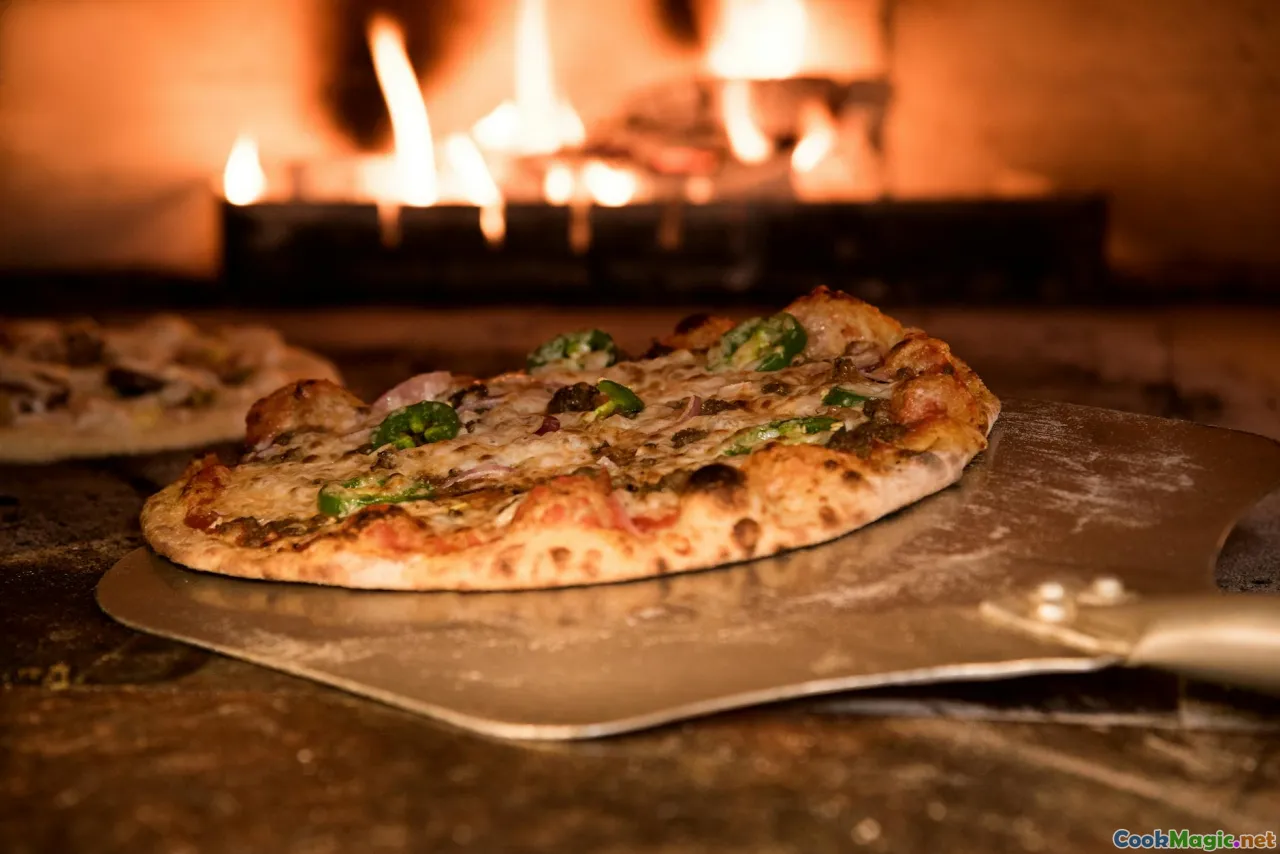Incorporating Māori Flavors into Everyday Cuisine
7 min read Discover how to seamlessly blend Māori flavors into your daily cooking, enriching your meals with New Zealand's rich culinary heritage. April 20, 2025 14:55
Incorporating Māori Flavors into Everyday Cuisine
Imagine walking through lush New Zealand landscapes, where the air is thick with the scent of wild herbs, and the land whispers stories of centuries-old traditions. Māori cuisine, with its vibrant flavors and profound cultural significance, offers a treasure trove of ingredients and techniques waiting to elevate your everyday meals. Far from being merely a taste of the past, Māori flavors can be seamlessly woven into modern kitchens, creating dishes that are both authentic and innovative.
The Rich Tapestry of Māori Culinary Heritage
Māori cuisine is deeply rooted in the land, sea, and history of Aotearoa (New Zealand). Traditionally, Māori people relied on fishing, hunting, and gathering native plants, developing a unique gastronomic identity that celebrates sustainability and harmony with nature.
From the smoky richness of hangi (an earth oven) to the delicate sweetness of kōura (southern rock lobster), Māori ingredients are characterized by their bold, earthy, and sometimes pungent flavors. These ingredients, combined with age-old cooking techniques, tell stories of resilience, connection, and reverence for the environment.
Core Ingredients That Define Māori Flavors
- Pāua (abalone): Known for its tender, sweet meat, often used in stews or served raw.
- Kōura (rock lobster): Adds a sweet, briny flavor, ideal for broths or grilled dishes.
- Maori potatoes (kumara): Sweet and starchy, a staple in many traditional and modern recipes.
- Harakeke (flax): Used for wrapping and steaming foods.
- Native herbs: Raupō (bulrush), kawakawa (native pepper), and māori mint lend aromatic and medicinal qualities.
Traditional Techniques as Inspiration for Modern Cooking
The hangi is perhaps the most iconic Māori cooking method—a slow-cooked feast using heated stones buried underground, imparting a smoky, earthy flavor to meats and vegetables. While few home cooks have access to a traditional hangi, the essence of this technique can be adapted using modern tools:
- Smoked dishes: Use a smoker or a simple stovetop smoking method to infuse ingredients with smoky depth.
- Earth oven flavors: Wrap ingredients in banana leaves or foil with native herbs and cook in a low oven or on a grill.
- Steaming with native herbs: Incorporate kawakawa or māori mint in steaming liquids for aromatic dishes.
Practical Ways to Incorporate Māori Flavors into Daily Meals
1. Infuse Your Broths and Soups
Start with the foundational elements—broth and soup. Use native herbs likekawakawa or māori mint to add a refreshing, slightly peppery note. Incorporate seafood like kōura or local fish for depth.Example: A seafood and kumara chowder seasoned with kawakawa leaves, finished with a squeeze of lemon for brightness.
2. Elevate Your Salads with Native Herbs
Fresh, aromatic herbs such askawakawa or māori mint can transform simple salads. Pair with roasted kumara, grilled fish, or even tofu.Example: A vibrant salad of roasted kumara, smoked salmon, native herbs, and a citrus dressing.
3. Embrace Earthy Roasts
Use native ingredients like kumara and native greens in your roasting pan. Season with native spices or herbs for a distinctly Māori flavor profile.
Example: Roast kumara with kawakawa-infused olive oil and serve alongside grilled seafood.
4. Incorporate Māori Spices and Condiments
Create marinades or sauces using native herbs and spices. For instance, blend kawakawa leaves with lemon juice and native honey for a flavorful glaze.
Example: A kawakawa-honey glaze for chicken or pork.
5. Experiment with Indigenous Cooking Techniques
Tryhangi-inspired dishes by slow-cooking ingredients in your oven wrapped in banana leaves or foil with native herbs. The result is tender, smoky, and aromatic.Example: A root vegetable medley with smoked fish, wrapped in banana leaves and baked.
Personal Reflections and Cultural Appreciation
In my journey exploring Māori cuisine, I’ve come to realize that integrating these flavors isn't merely about adding new ingredients—it's about honoring a deep cultural connection to the land and sea. I recall a dinner I prepared with friends, where I slow-cooked kumara and kawakawa-infused broth, served with grilled kōura. The aroma alone evoked stories of ancestral gatherings around the hangi. Sharing that meal sparked conversations about sustainability, respect for nature, and cultural appreciation.
Incorporating Māori flavors into my daily cooking transformed routine ingredients into meaningful, sensory experiences. It’s a way to connect with New Zealand’s rich culinary heritage, fostering respect and curiosity.
Final Thoughts: A Journey of Taste and Respect
Bringing Māori flavors into everyday cuisine is an exciting culinary adventure—one that invites experimentation, respect, and storytelling. Whether you’re simmering a kawakawa-infused broth, grilling kumara with native herbs, or embracing earth oven techniques in your backyard, each step is a homage to a vibrant, resilient culture.
By weaving these flavors into your meals, you not only diversify your palate but also participate in a broader conversation about cultural preservation and culinary innovation. So, gather your native herbs, embrace the smoky allure of the hangi, and let Māori flavors inspire your next meal—a delicious bridge between tradition and modernity.









